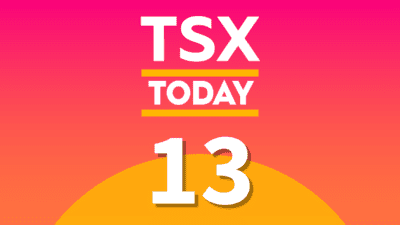Brookfield Asset Management (TSX:BAM.A)(NYSE:BAM) is one of Canada’s largest companies, valued at US$75 billion, by market cap. It is an alternative asset manager with US$725 billion of assets under management (AUM) across sectors such as real estate, renewable power, private equity, infrastructure, and credit. BAM aims to generate consistent long-term, risk-adjusted returns for its clients and shareholders.
Brookfield Asset Management manages public and private investment products and services for retail and institutional clients. Its access to large-scale capital allows BAM to make investments in sizeable and quality assets, diversifying risk significantly.
Brookfield Asset Management announced its Q1 results for 2022 yesterday, and let’s see how the company performed in the March quarter.
Brookfield Asset Management reported distributable earnings of US$1.2 billion
In Q1 of 2022, Brookfield Asset Management reported distributable earnings of US$1.2 billion due to growth in its asset management franchise and strong performance across businesses. Its fee-bearing capital stood at US$379 billion at the end of Q1 and the company expects material fund closes in the upcoming quarters of 2022. Its funds from operations stood at US$0.96 per share compared to estimates of $0.85 per share.
However, BAM surprised investors by announcing the company will separately list and distribute a 25% interest in its asset management business, which manages capital for more than 2,000 institutional investors and high-net-worth investors. The spin-off will be completed on a tax-free basis for shareholders. Further, the distribution of shares will be approximately US$20 billion, or US$12 per share.
Brookfield Asset Management also reported a net income of US$3 billion in Q1 while operating funds from operations rose by 43% to US$1.1 billion driven by growth in its asset management earnings, contributions from acquisitions, and increased ownership in the real estate business, which was privatized in 2021.
Brookfield Asset Management’s distributable earnings stood at US$1.2 billion in Q1 and at US$5 billion in the last 12-month period. After accounting for realizations, the distributable earnings increased by 28% to US$3.7 billion in the last four quarters due to higher fee-related earnings based on fundraising and capital-deployment efforts as well as increased distributions from principal investments.
What’s next for BAM stock and investors?
Brookfield Asset Management derived over US$500 million via fee-based earnings in Q1, and this figure stood at US$2 billion in the last year, an increase of 31%. The company has committed US$33 billion across multiple strategies, which should earn US$330 million in annual fees once deployed.
The ongoing volatility in public markets has provided several opportunities, allowing BAM to invest US$10 billion in its flagship real estate fund as well as launch funds for private equity and infrastructure.
BAM’s monetization pipeline remains strong and is on track to realize US$1 billion of realized carried interest in 2022. In the last 12 months, its carried interest stood at US$4.3 billion due to the appreciation of its investments.
BAM stock has returned 80% to investors in the last five years, which is similar to that of the S&P 500 index. However, in the last 10 years, total returns for BAM stood at 400%, compared to the 250% delivered by the S&P 500.
We can see that BAM is well poised to generate outsized gains for investors over the long term.







